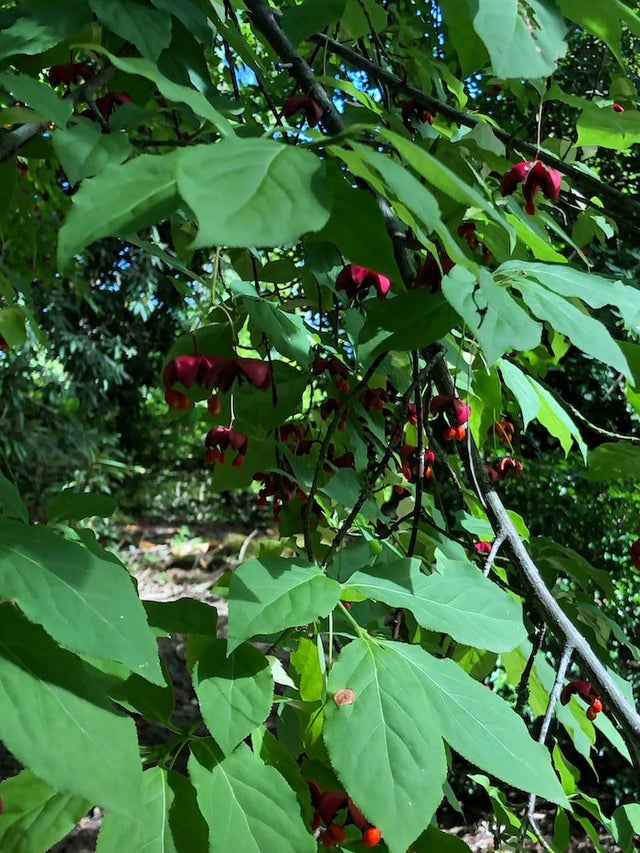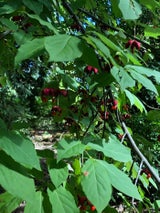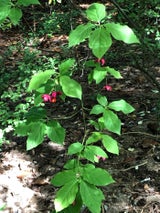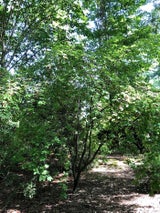- In the Garden
- >
- Gardens
- >
- Gardens R-Z
- >
- Sino-Himayalan Garden
- >
- Euonymus planipes
Euonymus planipes
Common name: Spindle tree, flat-stalked spindle tree, dingle dangle tree
Euonymus planipes is a large deciduous shrub or small tree with a vase-shaped habit. It is native to northeastern China, Korea, and Japan. E. planipes is noted for its ornamental fruit which matures during the autumn to reveal fleshy, bright orange arils covering pure white seeds. Its fall foliage is also attractive. E. planipes is fairly slow growing, and at maturity reaches a height of 2-3 m (6.5-10 fT).
Euonymus planipes was described and named by Bernhard Adalbert Emil Koehne, a German botanist and dendrologist in 1906. 'Planipes' means 'flat stalk', referring to the flattened petioles. All parts of this plant may cause discomfort if ingested.
E. planipes can be found in the Sino-Himalayan Garden.
Text and photos by Kumi Sutcliffe




